1. The epic beauty of the world heritage site Chichén Itzá
Chichén Itzá is where the gods were worshiped, where sacred rituals took place (Image source: Collected)
Once the political and religious center of the ancient Maya, Chichén Itzá was a place where gods were worshiped, sacred ceremonies took place, and a place that witnessed the rise and fall of an entire civilization. On each moss-covered stone step, time seems to freeze, holding stories of astronomy, architecture, and mysterious beliefs.
Chichén Itzá was designated a UNESCO World Heritage Site in 1988 and was later named one of the New Seven Wonders of the World. More than a millennium after its heyday, the structure still stands tall and proud as a timeless symbol of knowledge and spirit. It is not just a tourist destination, but a living testament to the superior wisdom of the Maya, who once viewed the sky as history and rocks as open books.
2. El Castillo Pyramid
El Castillo Pyramid also known as Kukulcán Temple (Photo source: Collected)
Standing out in the middle of the Chichén Itzá complex is the Pyramid of El Castillo, also known as the Temple of Kukulcán. This structure is about 30 meters high, with 365 steps symbolizing the number of days in a year. The magic is that on the two equinoxes, the sunlight creates a shadow effect that makes the snake god Kukulcán appear to be slithering down the stone steps – a masterpiece of ancient astronomical architecture.
El Castillo is not only a religious center but also a giant sundial. With its precise and strangely symmetrical layout, this structure reflects the strong belief of the Maya in the universe and the cycle of time. The feeling of standing at the foot of the pyramid, looking up at each stone step depicting light and shadow, is a moment that makes the traveler's heart ache with emotion.
3. Ancient football field
Ball Court is the largest ball court in ancient Mesoamerica (Photo source: Collected)
One of the must-see stops when traveling to Chichén Itzá is the ancient ball court – Ball Court. This is the largest ball court in ancient Mesoamerica, nearly 166 meters long and 68 meters wide, with two high vertical walls on either side. On top of it are stone rings that players have to pass the ball through with their hips, heads or elbows.
What makes this soccer field special, however, is not the way it is played, but the ritual significance attached to it. In Mayan culture, the game was not just a sport, but a ritual to sacrifice and connect humans with the gods. Some legends say that the winner would be “honored” to offer himself to the gods – a sacred and mysterious form of “spiritual victory”.
4. El Caracol Observatory
El Caracol reflects the Maya's superior ability to calculate and observe astronomy (Image source: Collected)
In the middle of the tree-lined grounds is El Caracol – an observatory with a strange spiral shape, reflecting the Maya’s superior ability to calculate and observe astronomy. With its meticulously calculated observation holes, El Caracol allowed ancient astrologers to track the movements of Venus, the Sun and the Moon to calculate the calendar and determine the time to plant crops and perform rituals.
The presence of El Caracol in the Chichén Itzá complex is living proof that the Maya were not only talented architects, but also pioneering scientists. Without telescopes or modern technology, they drew incredibly accurate diagrams with just the naked eye.
5. Ideal season to travel to Chichén Itzá
The best time to travel to Chichén Itzá is from November to April (Photo source: Collected)
The best time to visit Chichén Itzá is from November to April, when the weather is dry, clear and not too hot. In particular, if you come around March or September, you can witness the phenomenon of the “snake god of light” on the spring and autumn equinoxes – a rare and symbolic experience.
However, visitors should come early in the morning to avoid the crowds and enjoy the quiet, sacred space of the relic. When the sun is not yet high, the thin mist still clings to the rocks, Chichén Itzá appears like a surreal painting, making us feel like we are entering another world.
Traveling to Chichén Itzá is not just a trip to an ancient land, but a profound dialogue between the past and the present, between humans and the universe. In the midst of the hustle and bustle of the modern world, once you set foot in Chichén Itzá, you slow down, listen and feel the sacred things that once existed. And when you return, you will not only bring back photos or souvenirs, but a piece of your soul that has touched eternity.
Source: https://www.vietravel.com/vn/am-thuc-kham-pha/du-lich-chichen-itza-v17401.aspx


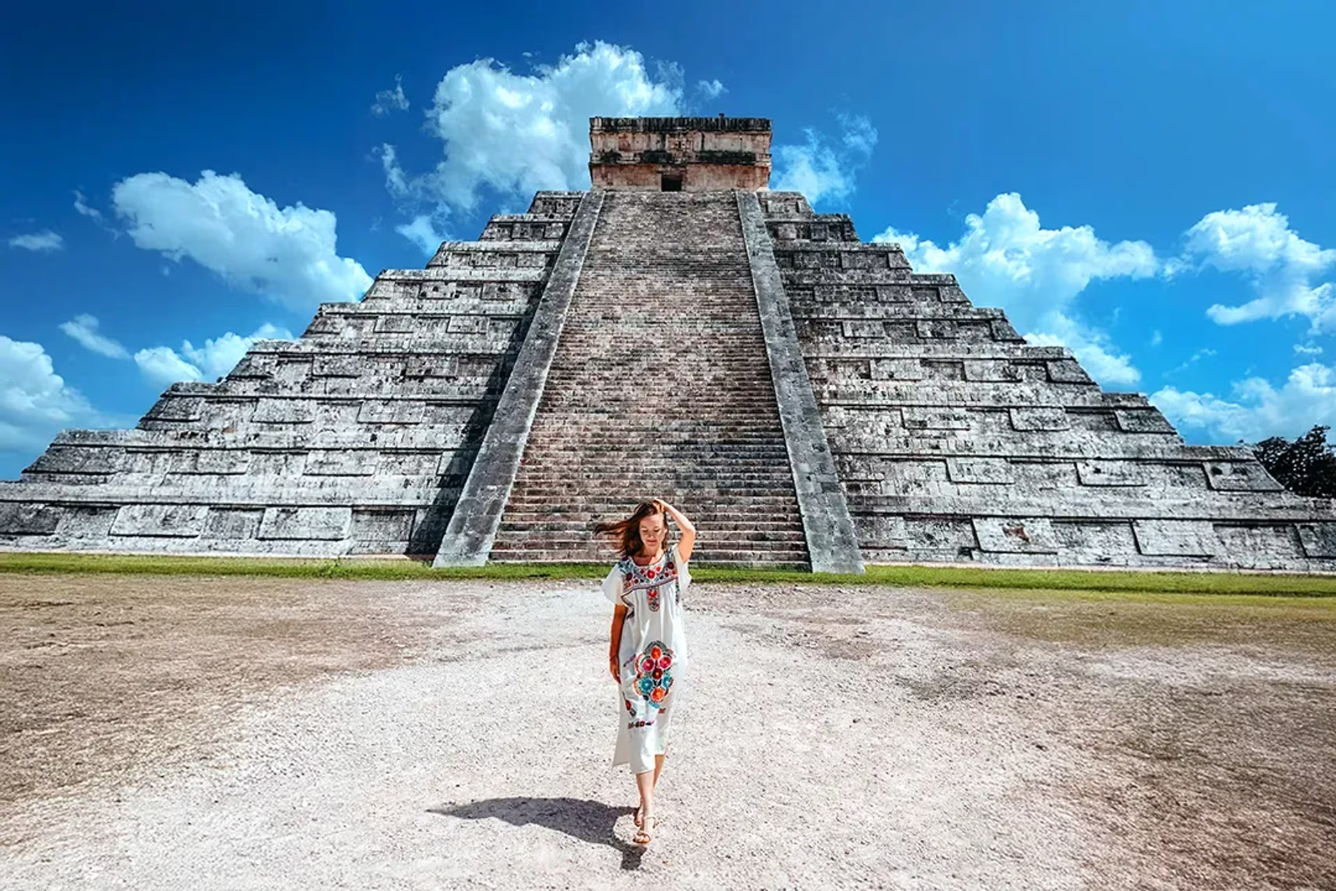
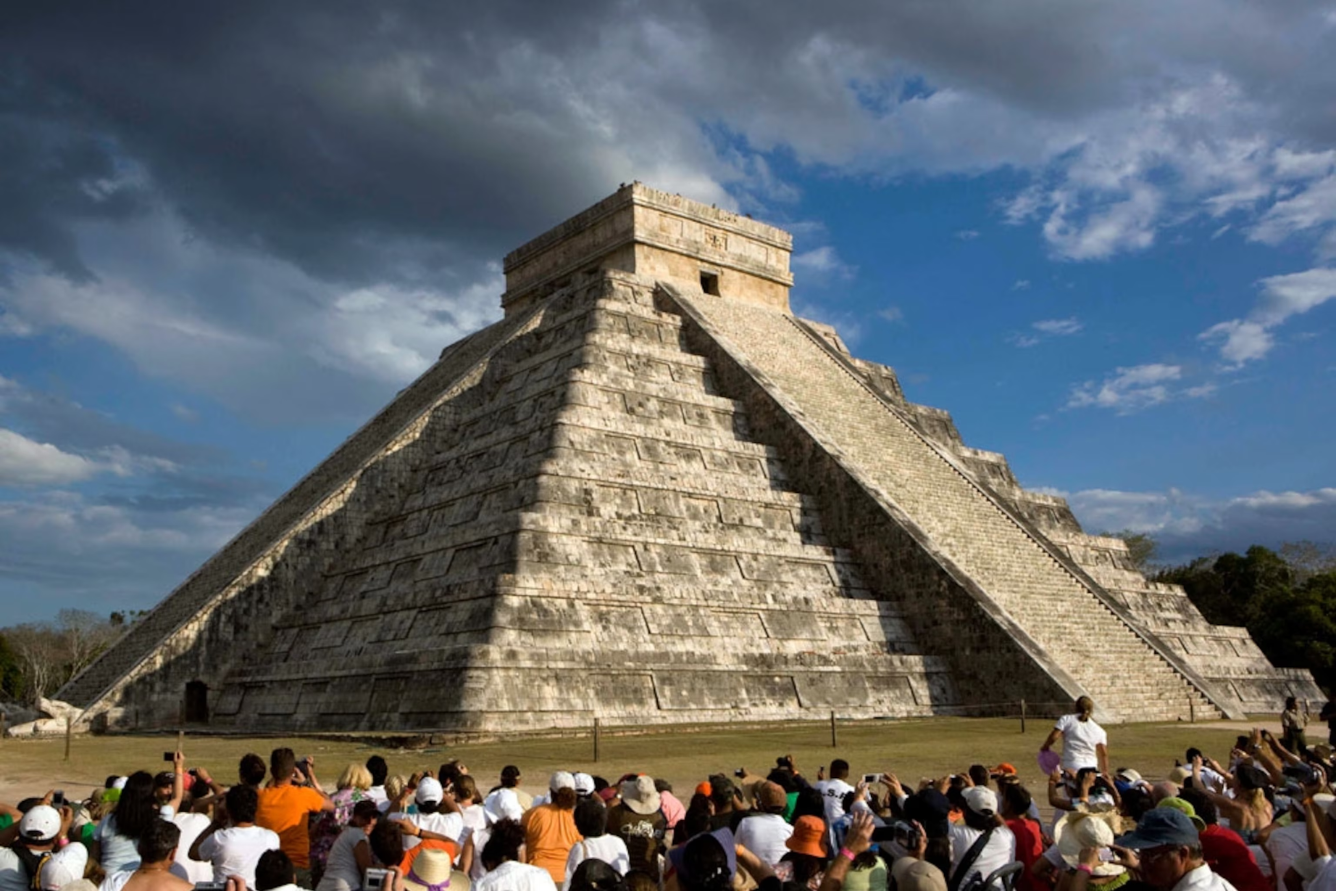
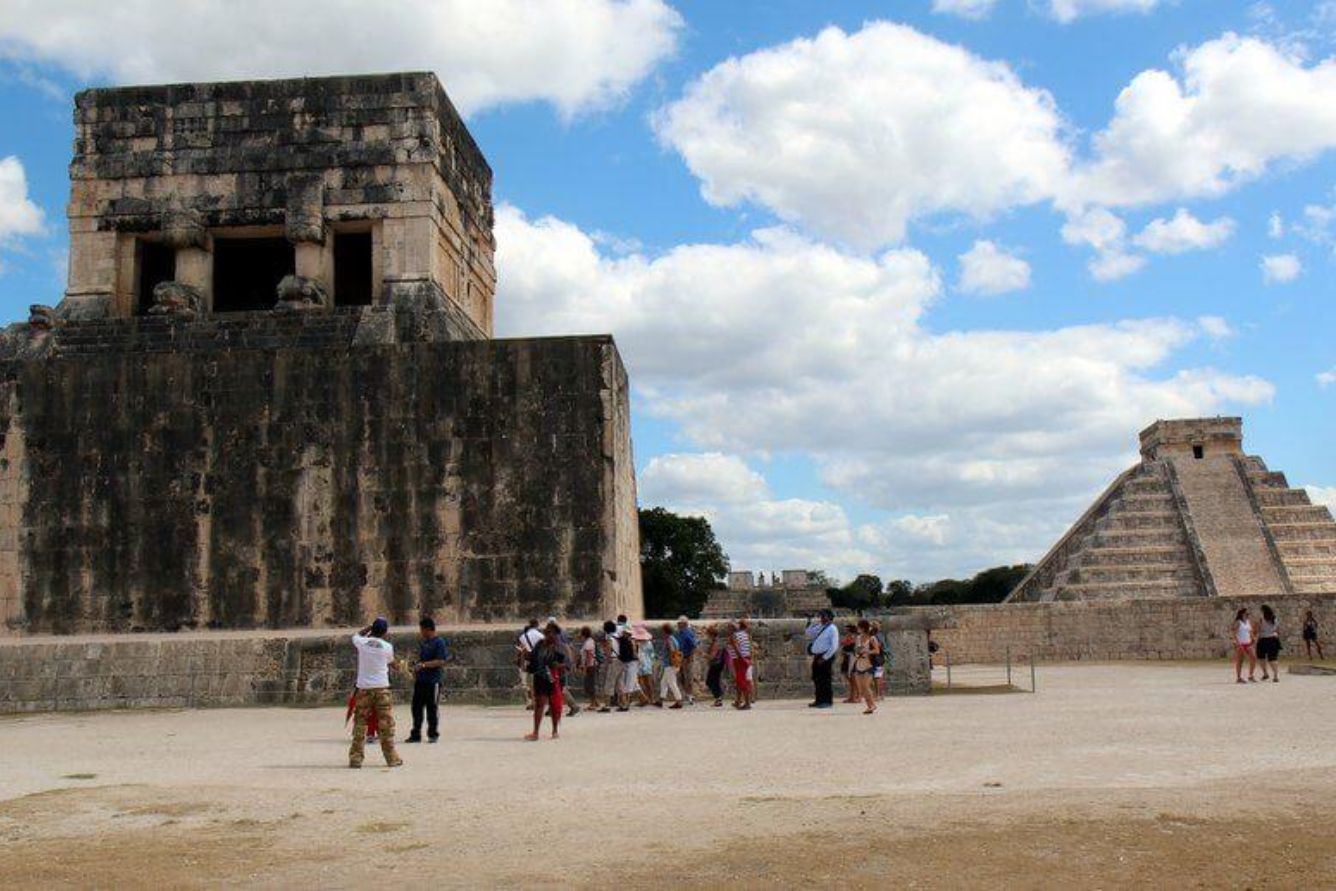
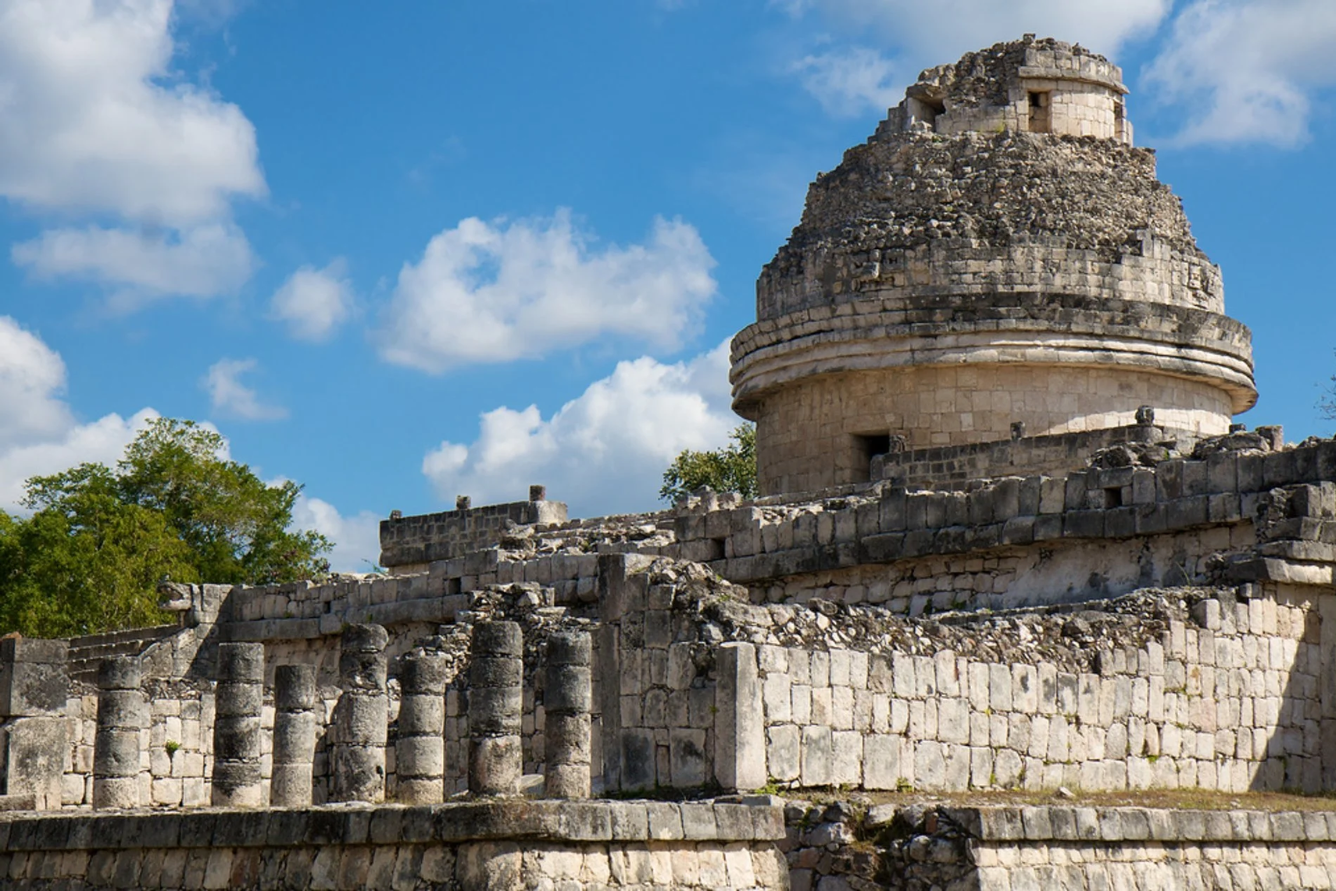
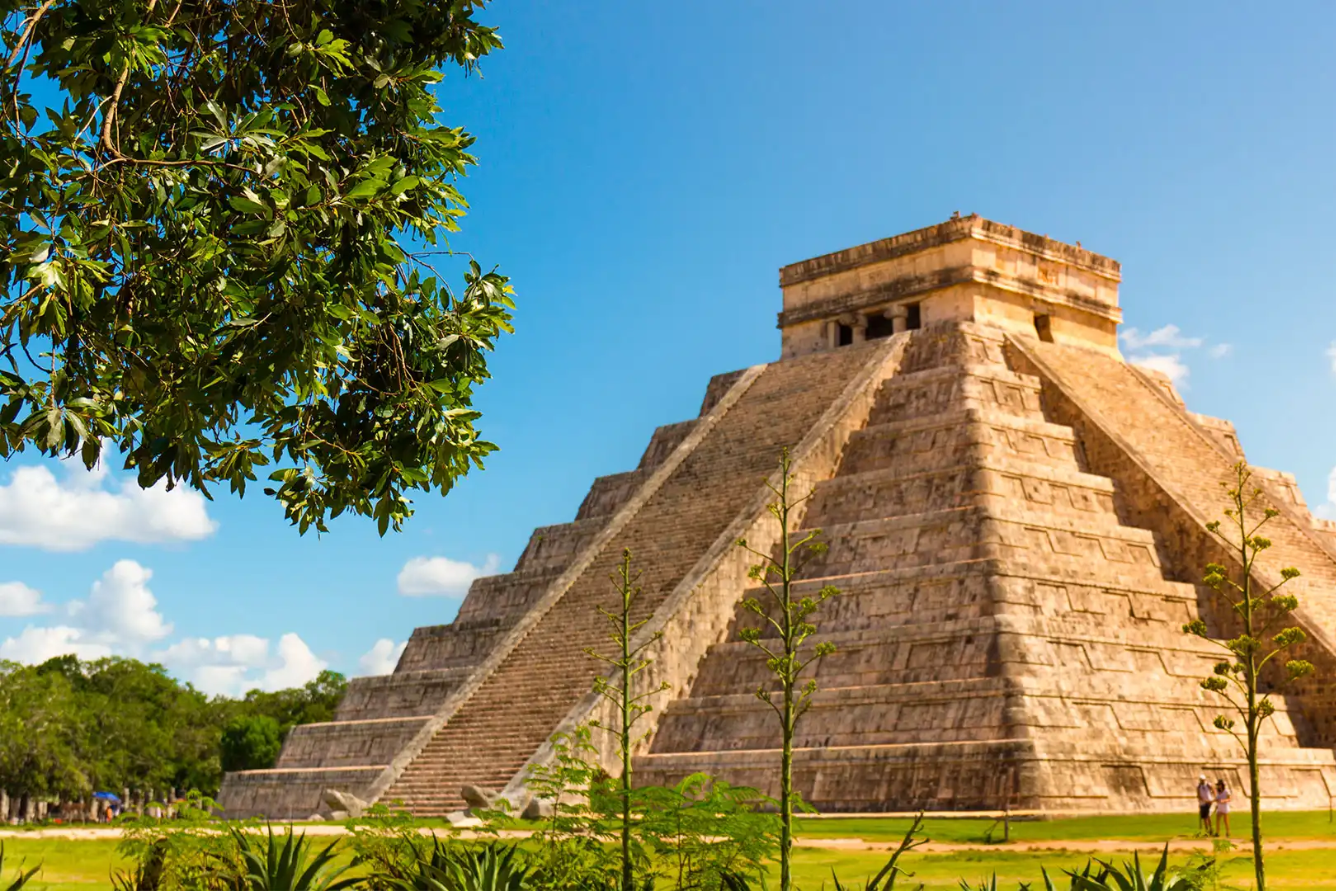
![[Photo] Prime Minister Pham Minh Chinh chairs the national online conference on combating smuggling, production and trade of counterfeit goods.](https://vphoto.vietnam.vn/thumb/1200x675/vietnam/resource/IMAGE/2025/6/23/4a682a11bb5c47d5ba84d8c5037df029)
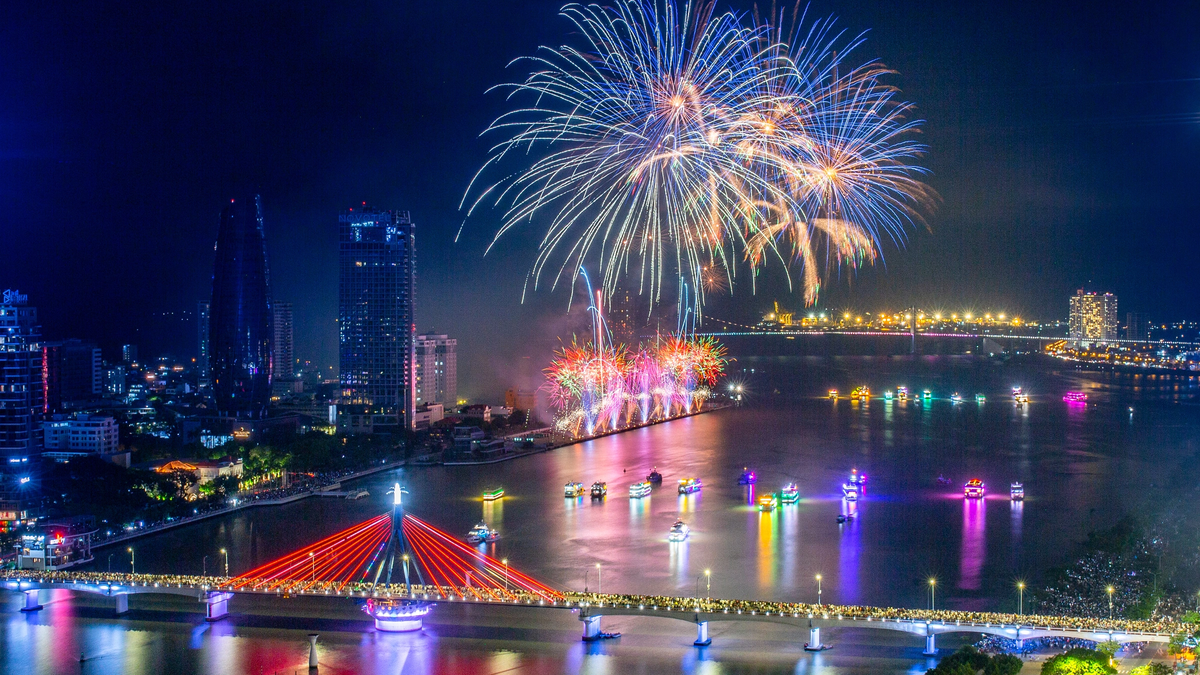
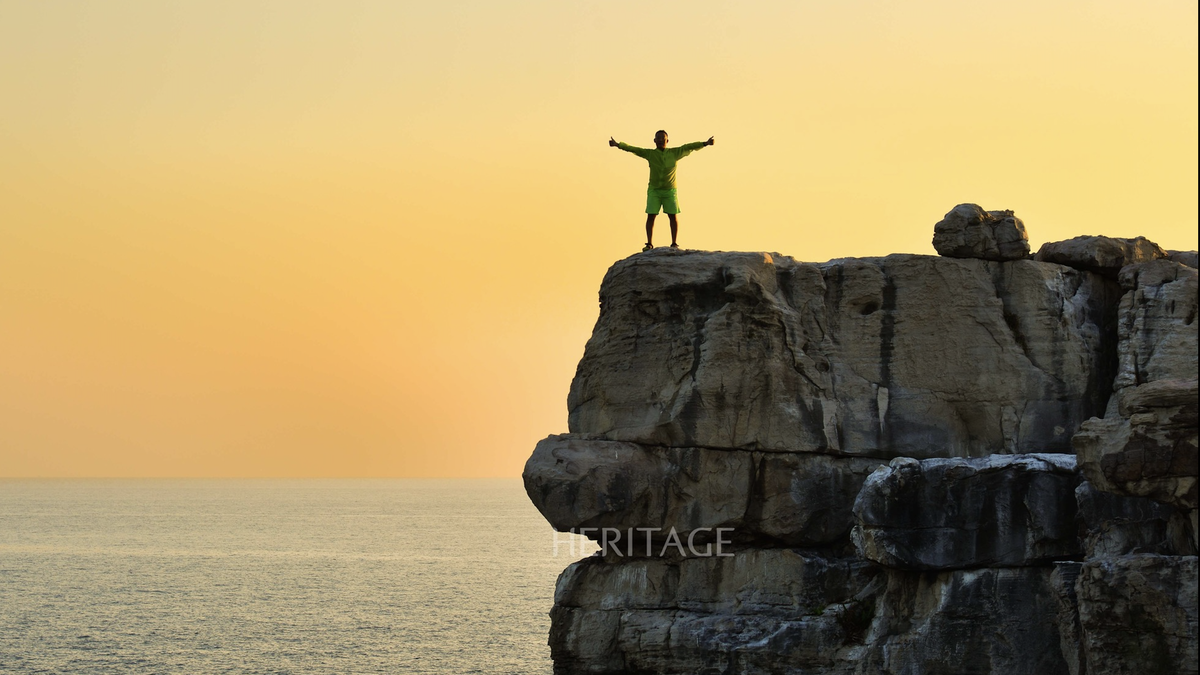
![[Photo] Prime Minister Pham Minh Chinh holds meeting to launch exhibition of national achievements to celebrate 80th National Day](https://vphoto.vietnam.vn/thumb/1200x675/vietnam/resource/IMAGE/2025/6/23/0c0c37481bc64a9ab31b887dcff81e40)


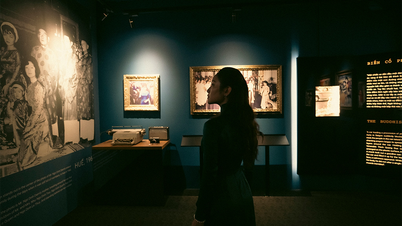
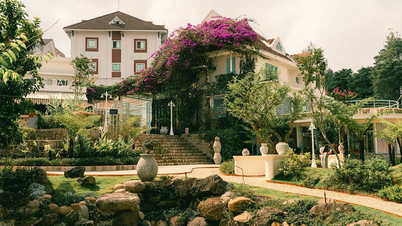

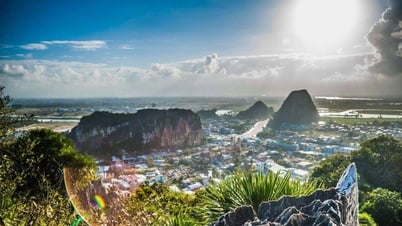
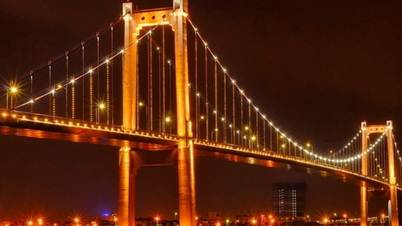



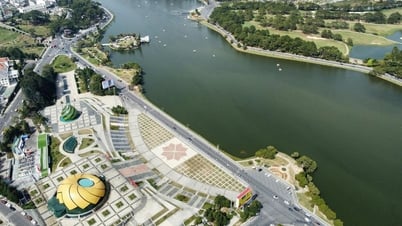

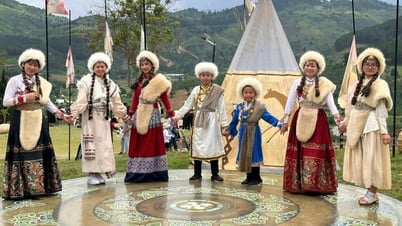






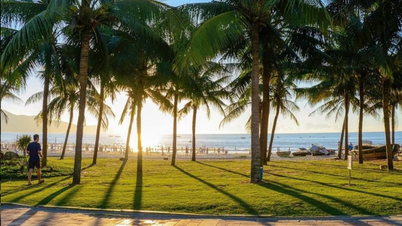



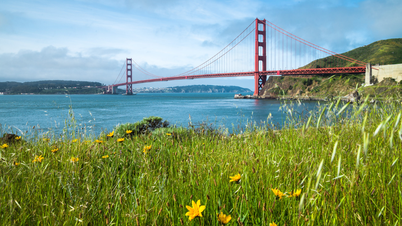
![[Photo] Party Congress of the Central Internal Affairs Commission for the 2025-2030 term](https://vphoto.vietnam.vn/thumb/1200x675/vietnam/resource/IMAGE/2025/6/23/5bf03821e6dd461d9ba2fd0c9a08037b)









































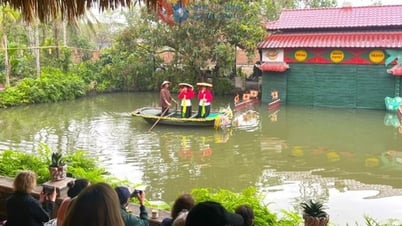



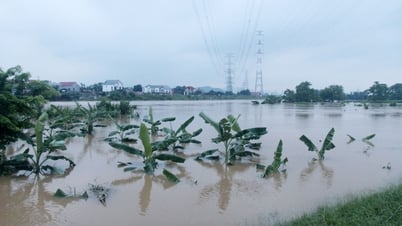
















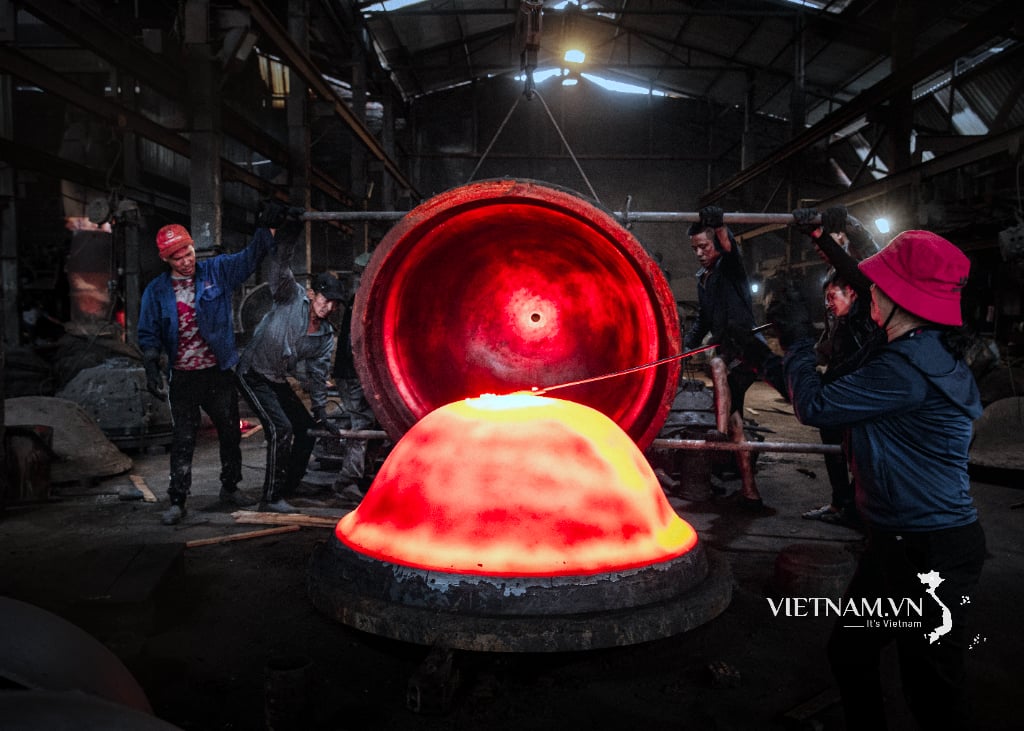

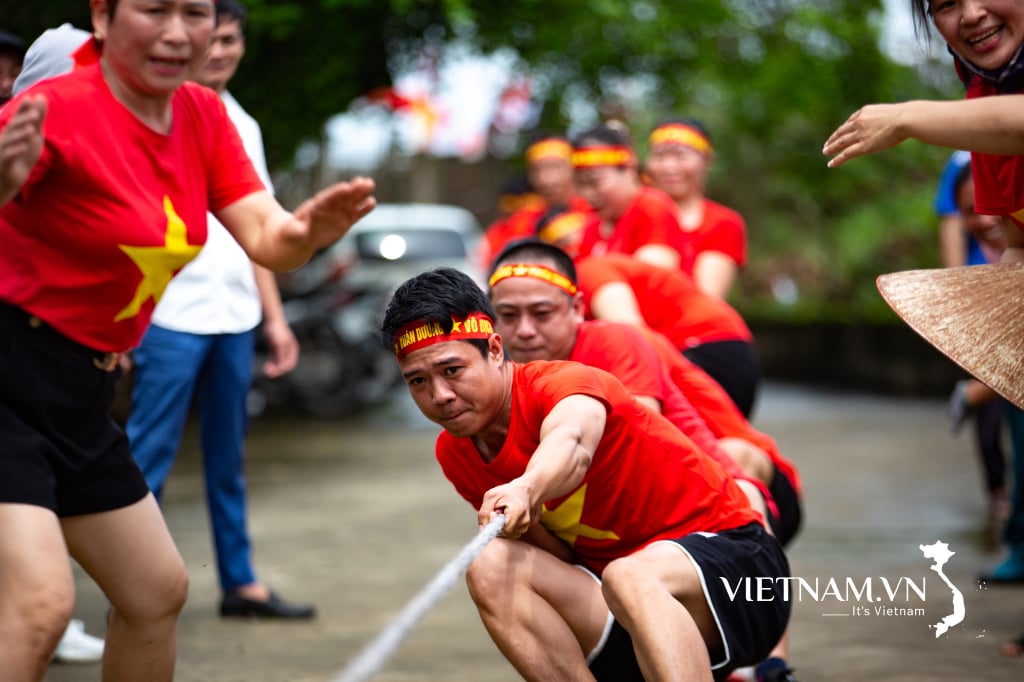

Comment (0)